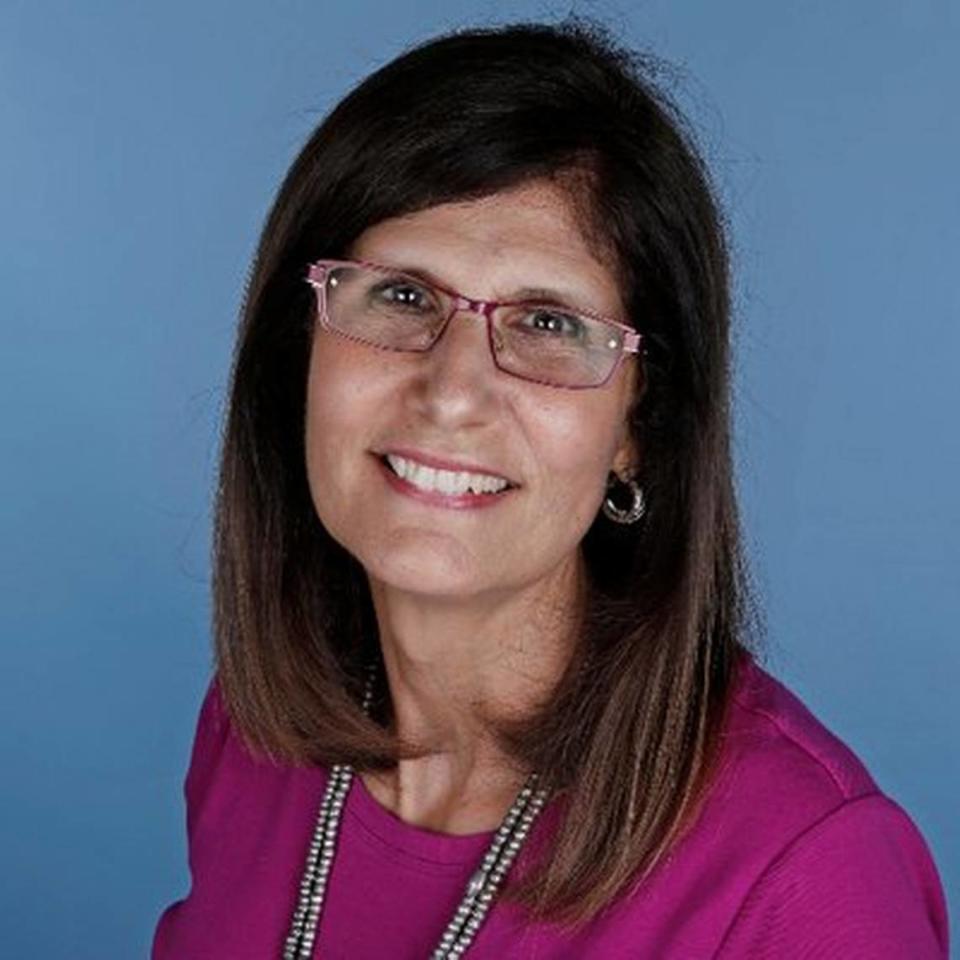Reflections on life, a year into the COVID-19 pandemic
One year ago this week I resided in a state of willful ignorance. Most of us did, if we’re willing to admit it.
Sure, I heard experts clanging the alarm and read stories about a novel coronavirus, but the threat seemed distant, like Muzak in an elevator. There were so many more pressing personal problems, so many of the usual obstacles of daily life.
Then state health officials reported three people had tested positive for the virus in Florida, one of them a 56-year-old man who lived in my own backyard of Miami-Dade. Just like that the county issued a state of emergency, and the curtain dropped with a bang so resounding, so momentous that we’ll be talking about this experience for decades, if not into the next century.
We closed our windows, our doors, our restaurants and theaters and museums. For weeks we existed in a dystopian novel, speeding through shock, despair, fear, anger — and then back again. Eventually I managed to rally. I told myself this isolation wouldn’t, couldn’t last forever, and I began what would turn out to be a pandemic habit: I circled a date on the calendar to represent when life would return to normal.
Could I have been any more clueless?
We eventually tiptoed out of that lockdown, but today our lives remain, for the most part, in a holding pattern. These past months have slipped into the surreal, skirted around the absurd, and for me, they will forever be connected to unimaginable grief and debilitating uncertainty. If I could, I’d shake and slap the Ana of March 2020 from her self-absorption.
“Look at the freight train barreling toward you!” I’d scream. “Get ready!”
My circled calendar date — that arbitrary beacon that kept me sane during the initial state of emergency — has been pushed back several times. The summer 2020 family reunion became the Thanksgiving weekend reunion, then the Christmas gathering turned into the Spring 2021 reunion. None of those events happened, but now I’m counting on a Summer 2021 blowout. Even so, this last date is on shaky grounds, as the possibility of having my children and grandchildren vaccinated by that time appears improbable.
I now realize (quite belatedly) that the pandemic won’t end with a firm and bold exclamation. There won’t be a visible demarcation, no The End! Fin! Ende! to celebrate with balloons and ice cream cake. Instead COVID-19 will be a run-on sentence that may (or may not) peter out with vaccines, treatment and community compliance.
In short, our immediate future will be more of a limp than a dash, a crawl instead of a run. And while I might’ve rejected this idea a year ago, I’m open to it today. Twelve months are more than enough for acclimation and reflection, for surrender and acceptance. Plenty of time, too, for a pinprick of hope to shine through the long dark tunnel of distress and misery.
Slowly, erratically, I’m trying to make a new way for myself. A pandemic comeback, if you will, and like all recoveries, economic or emotional, this demands strong faith and hard decisions. Inching forward, I must decide what to keep and what to discard, what to remember and what to forget. This pandemic should be quarried for all its worth. As all experiences in life, lessons abound if we’re willing to look, if we open ourselves to them.
Though well aware of the immeasurable losses — in the U.S. alone, more than 500,000 deaths and millions unemployed — I’m focusing, rather reluctantly, on the positives that have come from being bowled over by a collective calamity. The forced slowness. The newfound appreciation of science. The revived curiosity about nature. The titanium strength of friendships. The power of adaptability. The awareness that control is often an illusion.
A year later I’m not who I once was, but that’s likely a good thing.
Ana Veciana-Suarez writes about family and social issues. Email her at avecianasuarez@gmail.com or visit her website anavecianasuarez.com. Follow @AnaVeciana.


